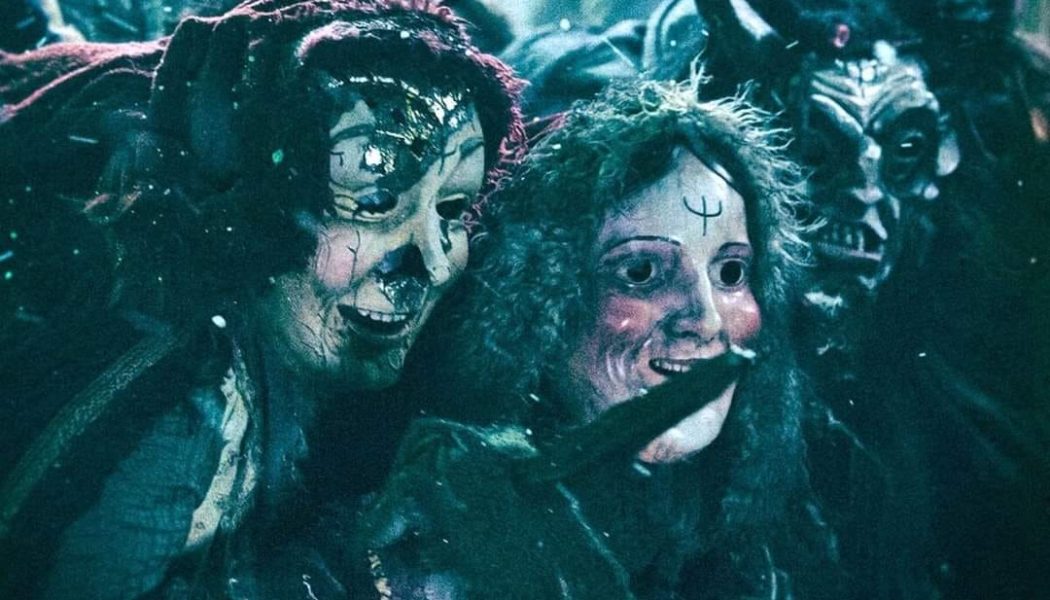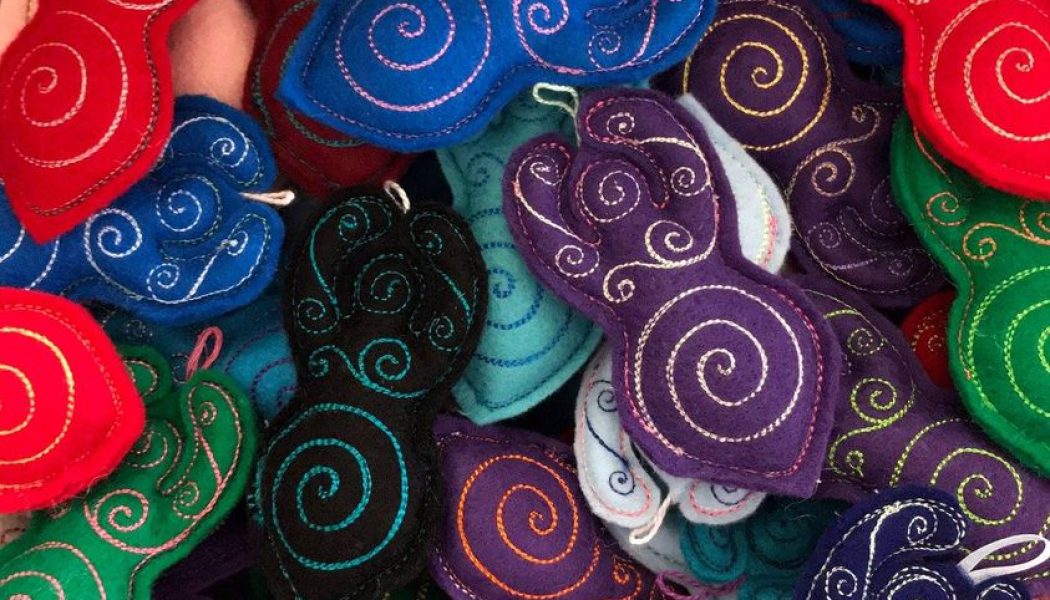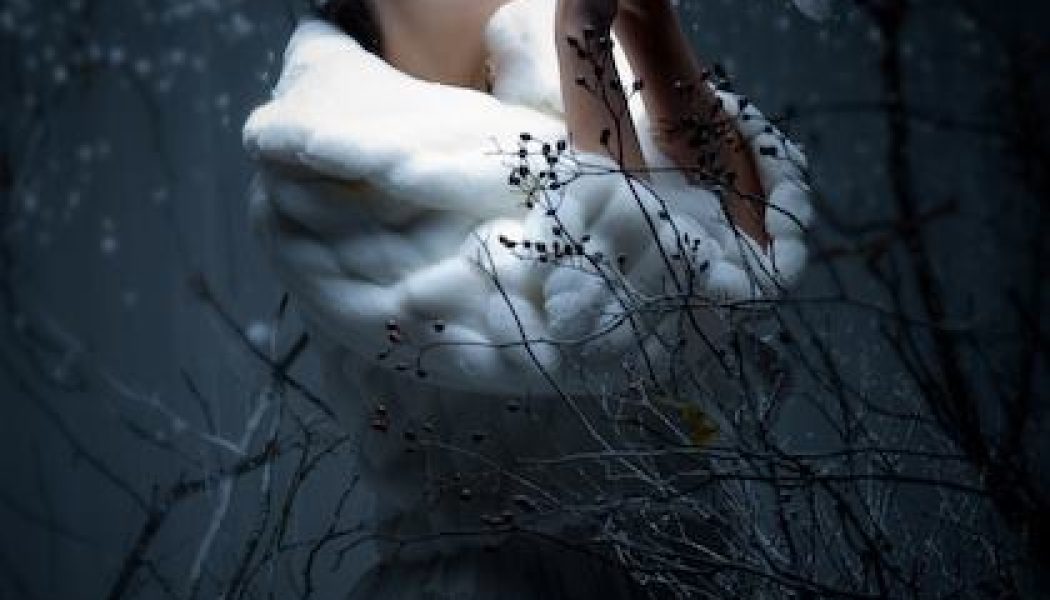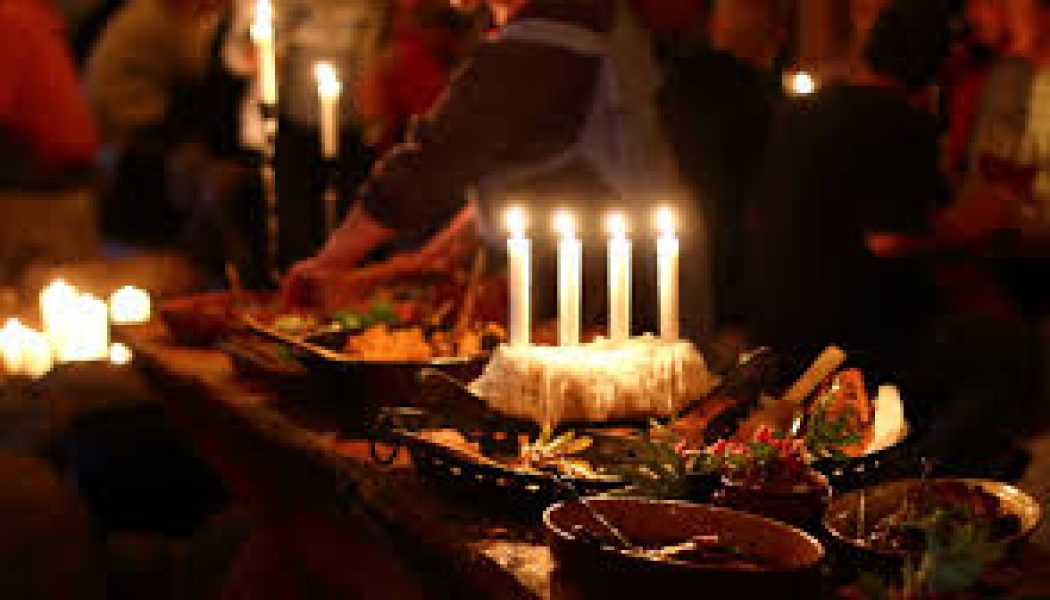Yule
Krampus’ minions
Many of Krampus’ minions are also real Christmas/winter folk figures in European cultures, such as the Yule Goat (Scandanavia). The creatures with Icelandic names (Stekkjarstaur, etc.) are named...
Magical Colours of Yule
When it comes to doing Yuletime magic, there’s a lot to be said for colour correspondences. Look around you, and think about the colours of the season. Some of the most traditional seasonal colo...
History of Yule
The Pagan holiday called Yule takes place on the day of the winter solstice, around December 21 in the northern hemisphere (below the equator, the winter solstice falls around June 21). On that day (o...
Kitchen Witch: Yule
Yule—the winter solstice—is an old solar ritual that has been preserved in the Christian observance of Christmas. Its origins lie deep in the past, in the Mediterranean lands of the sun. The birthday ...







